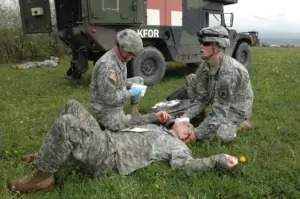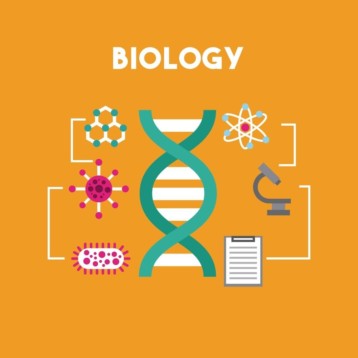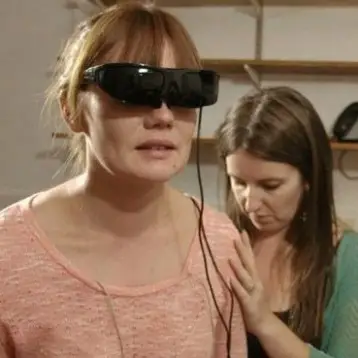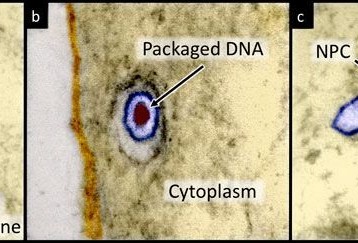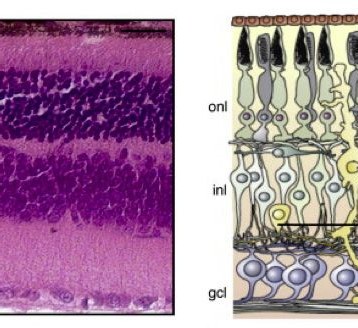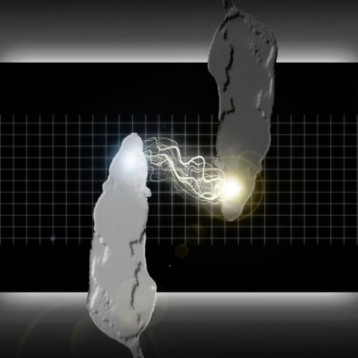An estimated 195,000 deaths are caused by burns every year and are primarily caused by heat or radiation due to contact with chemicals, electricity or friction (WHO). Of these figures, nowhere is burn injury more prevalent than in the modern military environment. High exposure to artillery, explosives and flames increase the likelihood of both civilian and military injury due to burns. Burn scar contracture, scarring, infection, and even death are possible without rapid and effective treatment.
As a result, scientists at the Southwest Research Institute (SwRI) are developing new technologies to treat facial injuries incurred by soldiers on the field of battle. SwRI Senior Research Scientist, XingGuo Cheng, emphasizes the need for such technological developments by explaining, “facial injuries resulting from explosives, gunshot wounds, and burns represent one of the greatest challenges in wound care.” Thanks to advancements in biomedical engineering over the years projects such as this one are able to grab supporters and funding.
Working in conjunction with the US Army Institute of Surgical Research (USAISR), the Walter Reed National Military Medical Center and Rochal Industries, the SwRI-led project aims to create a biomask made of skin that can not only accelerate healing, but also reduce the scarring of severe facial injuries caused by burns and related trauma. The goal for the project—code named “Biomask for Skin Regeneration”—is to combine 3D custom negative-pressure wound therapy, artificial skin made of collagen and stem-cell therapy to achieve a full-thickness skin restoration. While skin grafting is not a new procedure, this project uses artificial skin and can lead the way to maintaining the structural integrity of an individual’s body and face while healing it at a rapid rate.
When it comes to burn treatment, many developments can be attributed to lessons learned from the battlefield. So, it makes sense that there is a large imperative to continue to develop better, faster, and less-invasive technologies to treat burns and other related injuries. That being said, the “Biomask for Skin Regeneration” project could lead to advancements in burn treatments that extend far beyond the scope of battle and reach into the lives of everyday individuals who experience similar wounds at work or at home.


